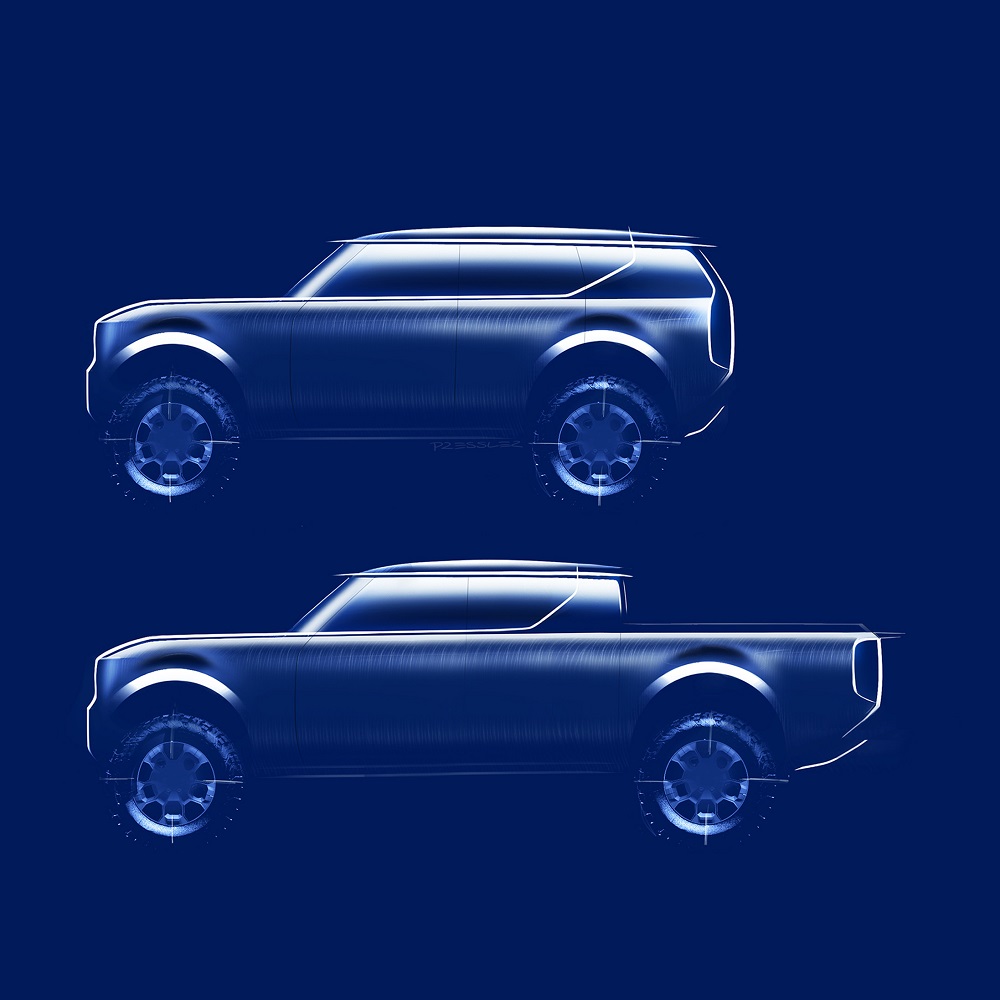PARIS, July 5 — The e-scooter market has exploded over the past two years but operators are by no means assured of finding a long-term niche in the urban transport sector.
Participants, jumping on a bandwagon which saw US firm Bird first out of the blocks in 2017, must above all ensure their own survival as they confront the thorny issue of longevity of gear mostly made in China.
Exponential growth
Among the best-known companies having joined the two-wheel party are US firm Lime, Mexico’s Grow Mobility and Germany’s Flash, who have between them raised US$1.5 billion (RM6 billion) in funding according to The Boston Consulting Group (BCG).
Last year alone saw global growth in the market of 76 per cent according to a report by France’s Federation of Micro Mobility Professionals (FP2M) and the Smart Mobility Lab.
Bird and Lime have both muscled in on more than 120 cities worldwide and claim a combined 10 million users to date.
The BCG calculates that by 2025, the global market will be worth US$40 to US$50 billion.
Fragile eco-system
Self-service e-scooter providers do not publish financial data but it is widely accepted that they are still a long way off turning a profit.
The BCG study calculates that four months of use covers the cost of making a scooter but rented ones tend to last for only three.
“As of today, the economy of the e-scooter does not work,” says Tyler Barrack, one of the authors of the BCG report.
“We are above the four months put forward by the BCG,” insists, however, Arthur-Louis Jacquier, director general of Lime France.
He highlights efforts by Lime to extend the life of their machines, a crucial issue given the environmental footprint of the scooters.
“We are capable of repairing an e-scooter in 25-30 minutes and we are going to throw almost nothing away,” say Jacquier.
The Quartz website carried out an enquiry last year into the use of scooters in Louisville, Kentucky, which showed that they last — on average — 28.8 days.
Bird, whose scooters are used there, contests the figures.
So far, the only clear winner from the explosion of scooter use looks to be Chinese manufacturer Ninebot, which notably is the main supplier in US rental markets.
According to Bloomberg, Ninebot estimated late last year that four of every five scooters in circulation globally came from its factories.
Consolidation ahead
The spectacular growth in e-scooter use is down to a swift evolution in modes of transport.
“There has been a real move towards the electrical and towards urban mobility which has been overtaking leisure mobility,” Jean Ambert, director general of Smart Mobility Lab, told AFP recently.
Yet uncertainty persists over the market’s long-term prospects.
“How many problems are remaining, especially with regulators? Where do we park? How do we protect customers?” asks Barrack, as city and state authorities roll out legislation to cover existing legal loopholes surrounding use of such machines.
There is also the issue of how many e-scooter start-ups will manage to survive cut-throat competition which is a hallmark of the market.
“Consolidation is inevitable,” says Barrack.
Even so, Patrick Studener, Bird vice-president observes: “We’ve seen many companies pivoting to get into the e-scooter business. It proves the market’s right.”
Bird recently bought out rival and compatriot Scoot for, the Wall Street Journal reported citing people familiar with the matter, US$25 million.
There has furthermore been media speculation of a Lime buyout by Uber, which has already invested in the firm to add e-scooters to its car app. — AFP






















